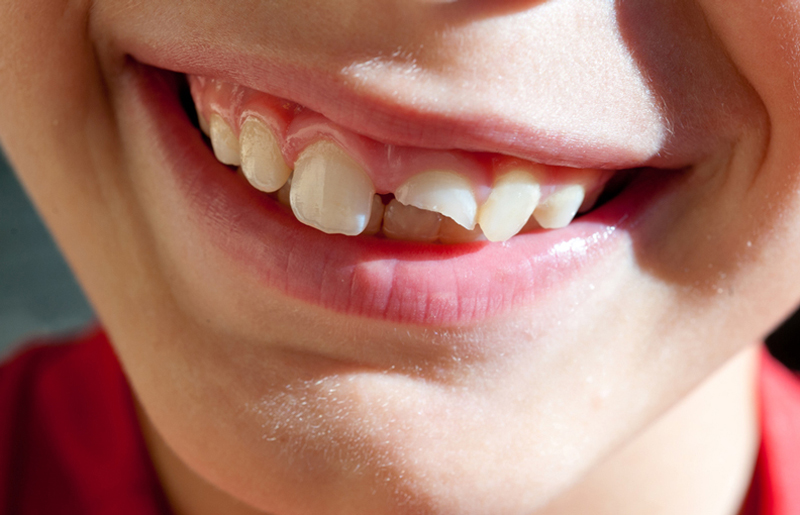Category: B
-
Balantidium
A genus of one of the largest parasitic protozoans affecting man (70 /am or more in length). The oval body is covered with threadlike cilia (for locomotion). B. coli, normally living in the gut of pigs as a harmless commensal, occasionally infects man. A genus of ciliated protozoa. A number of species are found in…
-
Bacteroides
A genus of Gram-negative, mostly nonmotile, anaerobic rod-like bacteria. They are normally present in the alimentary and urogenital tracts of mammals. Some species cause infections. A type of gram-negative, anaerobic, rod-like bacteria. They are generally non-motile and usually found in the alimentary and urogenital tracts of mammals. Often present in the mouth in association with…
-
Bullous pemphigoid
A blistering disease caused by an autoimmune reaction toward proteins in the skin. Bullous pemphigoid occurs mostly in people older than 60 years. Rigid, possibly tender or itchy blisters appear over multiple body areas. However, unlike pemphigus vulgaris, another blistering disease, bullous pemphigoid does not usually cause lesions in the mouth. Diagnosis is made through…
-

Broken nose
A fracture of the nose. A broken nose, the most common facial fracture, is usually caused by a blunt injury. Symptoms include pain, bleeding, swelling, bruising, signs of trauma, and a misshapen appearance. Ice packs should be placed over the bridge of the nose to help reduce swelling. Serious nose injuries require medical attention. A…
-
Behavioral genetics
A specialized area of psychological research that studies the role of inherited traits in shaping individual personality. Many behavioral genetics studies focus on twins. Identical twins who are raised together share the same genetic makeup and the same home environment, while fraternal twins raised together share the same home environment but not the same genetic…
-
Butalbital compound
A barbiturate. Butalbital is one ingredient among several in a number of combination drugs containing a barbiturate, an analgesic (painkiller], and sometimes a narcotic and caffeine. One example is Fiorinal with codeine, which contains butalbital, aspirin, caffeine, and codeine; another example is Fioricet, which contains butalbital, acetaminophen, and caffeine. Both combinations are prescribed for migraine…
-
Burr hole
A small, circular opening made in the skull to remove blood clots in or on the brain, which usually form after an injury or accident. The special drill with a rounded tip used to make the hole is called a burr. During an emergency, burr hole may be made in the skull of a person…
-
Bronchapneumonia
An infection of the tissues of the lungs that occurs principally in the smaller branches, called bronchioles, of the airways, or bronchial tubes. Bronchopneumonia, which is also called bronchial pneumonia, may be caused by bacteria such as pneumococci, staphylococci, and streptococci or by viruses such as the influenza virus. The disease may develop as a…
-

Broken tooth
A tooth that has lost part of its structure, usually because of physical trauma that has chipped or split off a piece of it. When a tooth is broken, a dentist should be seen as soon as possible. In the interim, warm water rinses will help to keep the mouth clean, and cold compresses applied…
-
Broken blood vessels
Damage to blood vessels that may lead to internal or external bleeding. When trauma breaks small blood vessels near the surface of the skin, it cause a bruise.